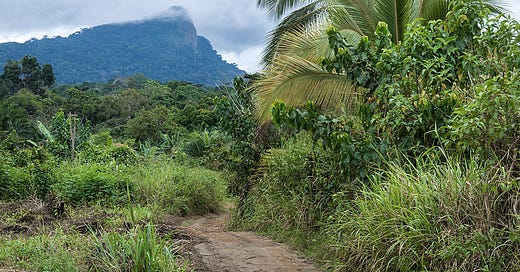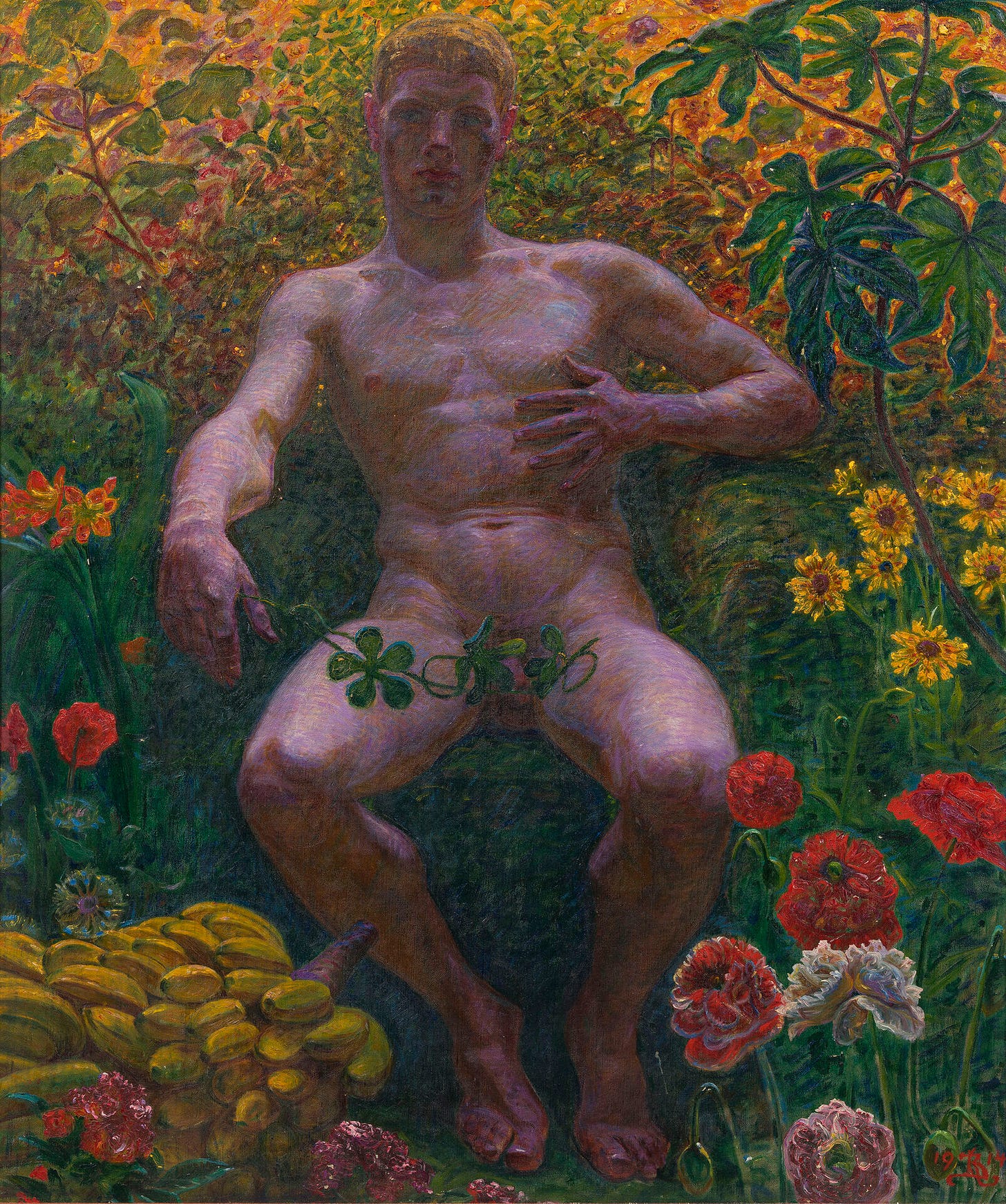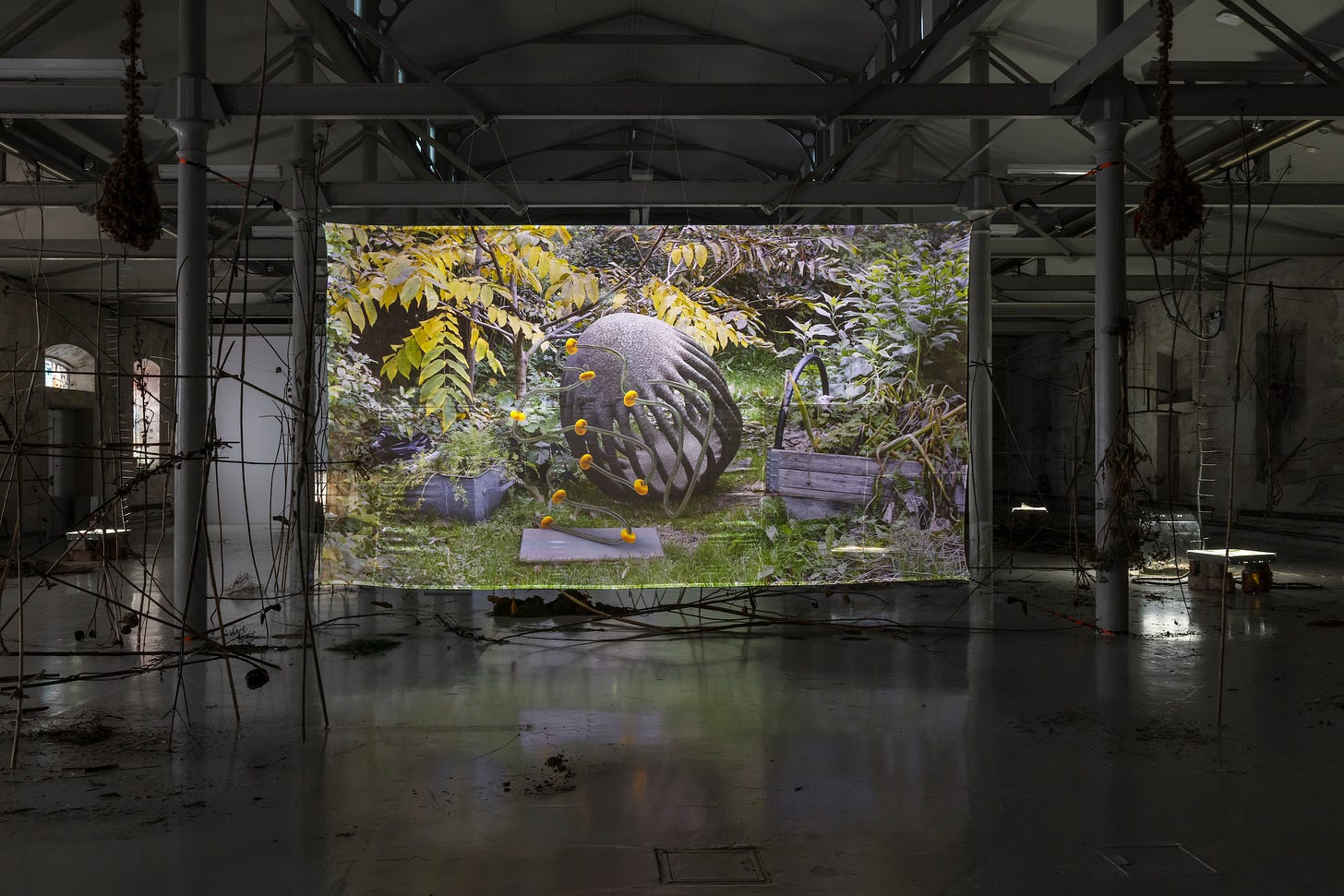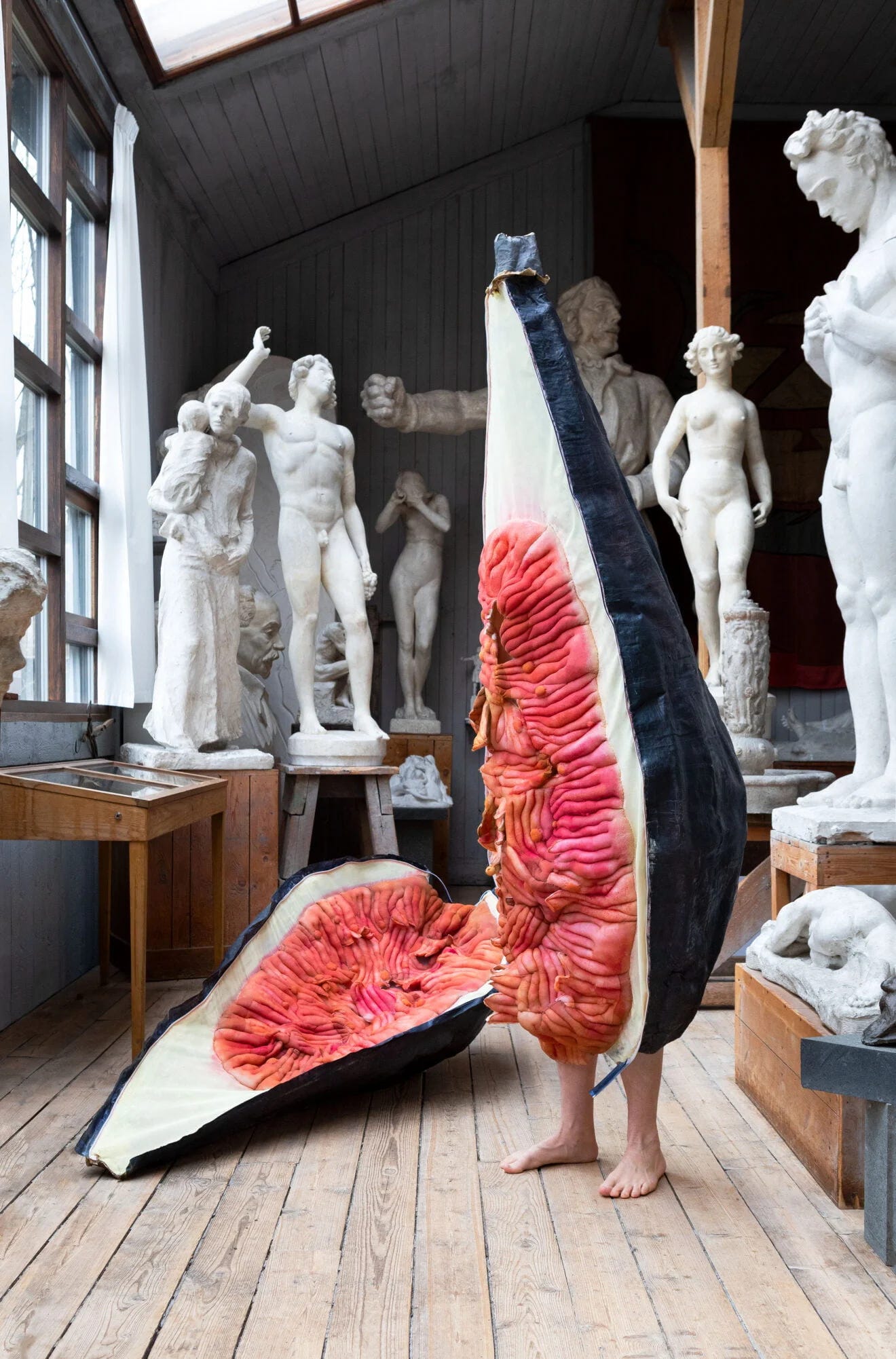Eco-chamber for heartbroken art
A guide not just meant for nature lovers, but 100% for culture nerds
By Linda Louise Karlsson
Walking home through a deserted Stockholm on a summer evening in July, I noticed the patches of wild grass and living meadow between the building blocks. Call it slackness or resignation, it might be a simple gesture, but yet it was something.
In lack of contemporary art experiences during the sleepy summer months, I visited Nationalmuseum (National Museum of Fine Arts, Sweden) and I noticed that the classic gallery halls were blooming due to the temporary exhibition Trädgården (The Garden). Where a grand collection of artworks that span from the Renaissance to today is on display. There is certainly a lot of ‘flower juice’ to extract from history when it comes to the garden as a cultural phenomenon. The notion of paradise, for example, seems to have sprung from the garden as a harmonious and otherworldly place. Earlier this summer one of the loans, namely Claude Monet’s The Artist's Garden at Giverny, was exposed to an attack by two climate activists who glued their hands to the painting. The action drew attention to the ever-so-relevant conflict between culture and nature. What is the worth of idealizing a million-dollar artwork when the earth is burning down?
This critique points to the obsolete monetary fixated art world and the elevated art object. It must be mentioned though, that right now there is a vibrant counter movement of artists working with environmental issues. More and more artists seem to adopt a close to Pan-religious perspective as a way to heal the destructive relationship that has emerged between humans and nature. The Anthropocene has been a hot topic for long in contemporary art but appears to have paralyzed both artists and non-artists into a chronic sense of guilt, stemming from geopolitical crises rooted in the West's colonial legacy and the tragic fossil modification of the planet. Sympoiesis between species, cyborgs, biodesign, witchcraft, radical gardening, tentacular thinking, or the chthulucene*… the list goes on of concepts that are being used in an attempt to envision an alternative future.
This autumn nature is not only teeming in the classical gallery halls of Nationalmuseum, but the botanical fever is also present on the contemporary art scene in Stockholm. I had the pleasure of meeting the Finnish artist duo nabbteeri during my internship last year at Färgfabriken. They currently display a large-scale installation that challenges the concept of the tamed and elevated garden by depicting the ’withered beauty of the garden’ and nature's cycle of life and death. nabbteeri encourages strange meetings* and collaborations between humans and non-humans, living and dead (read plants, fungi, microorganisms, critters, animals, and carcasses).
Strange meetings also occur in Ingela Ihrman's artistry, but in a slightly different way where Ihrman’s works more often emerge from her own body. Where animals and plants are blown up to human scale, or the artist herself takes on a role like seaweed, for example. Her work turns the anthropocentric theme inside out with a humorous twist. Ihrman is currently displaying a giant, fleshy fig costume at Carl Eldhs Ateljémuseum and is opening a significant solo exhibition at Malmö Konsthall at the end of September.
Not to mention Tilda Lovell and Sara-Vide Ericson at Bonniers Konsthall! The art audience clearly has a strong appetite for queuing up when it comes to experiencing sublime nature representation. The line at the opening was as long as for an amusement on Gröna Lund. I smiled to myself at the funny connotation before I took place in the fashionable and somewhat rigid queue.
*Chthulucene refers to a new epoch that comes after the Anthropocene and is proposed by Donna Haraway as a state of time where refugees from environmental disastersdisaster (both human and non-human) will come together.
*Strange meetings refers to meetings and exchange between species of any sort.
Below you’ll find the full guide to exhibitions in Stockholm, Malmö, and Copenhagen that all deal with these themes.
Nationalmuseum
Trädgården, collection exhibition
Stockholm, 23 February 2023 – 7 January 2024
Read more
Färgfabriken
whatever lives bends down – nabbteeri
Stockholm, 26 August 2023 – 26 November 2023
Read more
Carl Eldhs Ateljémuseum
Miss Brunnsviken – Ingela Ihrman
Stockholm, 11 May 2023 – 1 oktober 2023
Read more
Bonniers Konsthall
Något mörkt ställde sig vid våra sinnens fem trösklar utan att gå över dem – Tilda Lovell och Sara-Vide Ericson
Stockholm, 30 August 2023 - 29 Ocotober 2023
Read more
Tensta Konsthall
(Coming up) Mining Life – Oscar Lara
Stockholm, Opening 6 October 2023.
Read more
And outside of Stockholm…(but not too far away)
Malmö Konsthall
(Coming up) Frutti di Mare – Ingela Ihrman
Malmö, 30 September 2023 – 14 January 2024
Read more
Thorvaldsens Museum
FLORA ITALICA, group exhibition
Copenhagen, 17 June 2023 – 24 September 2023
Read more
Kunsthal Charlottenborg
Seeds and Souls, group exhibition
Copenhagen, 16 September 2023 – 18 February 2024
Read more
Linda Louise Karlsson (b. 1992, Järna, Sweden) is an artist and curator based in Stockholm and Copenhagen. She holds a BFA from Bergen Art Academy and is currently in the process of writing her master's thesis in art history at the University of Copenhagen. Her work focuses on collaborative practices that bridge the fields of art-making, curating, and research.






